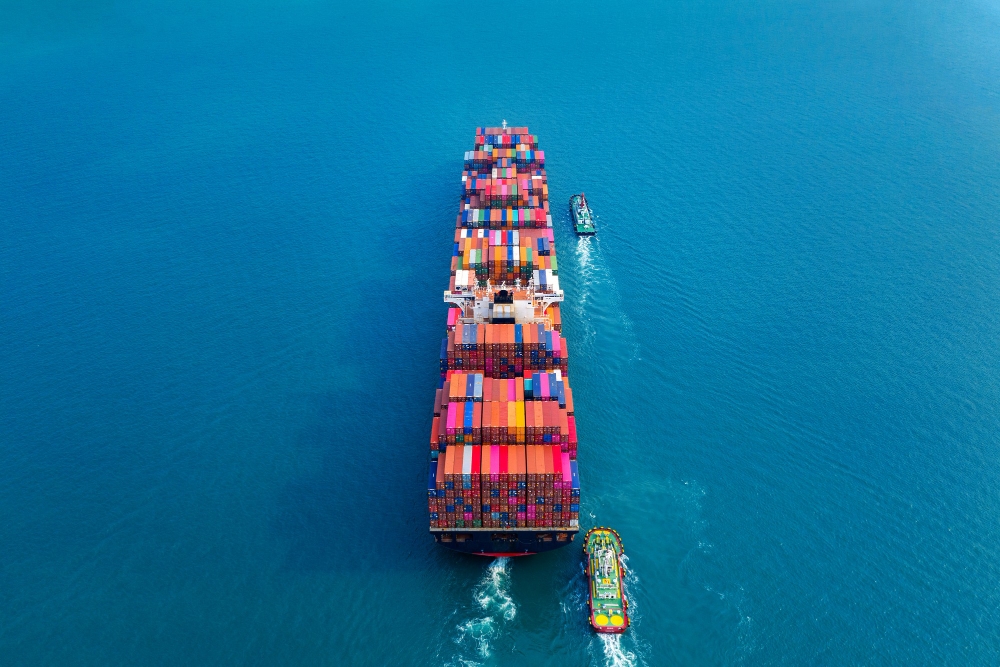Import Regulations for Sea Freight Services in the Philippines

Sea freight is essential for the Philippines. As an archipelago, the country relies on ships to move goods in and out of its many islands. Efficient sea freight operations help keep trade flowing, support supply chains, and boost the economy. Import regulations play a big part in how these operations work. These rules set the standards for how goods enter the country by sea and affect everyone involved in shipping, from big companies to small businesses. This article explains the latest trends and rules, using simple language to help readers understand how sea freight services in the Philippines currently work.
Recent Changes in Import Regulations
New Capital and Training Requirements
In 2024, the Department of Trade and Industry (DTI) introduced new regulations for sea freight forwarders, raising the minimum paid-up capital to P5 million for non-vessel operating common carriers, P3 million for global shipping carriers, and P1 million for local shipping carriers, up from the earlier prerequisites. The rules also require training from a national association or certified center. The DTI gave businesses more time to adapt by extending the deadline for achieving these standards to June 30, 2025, due to challenges with immediate compliance.
Accreditation and Compliance
Sea freight forwarders must be accredited by the DTI to operate legally. This accreditation ensures that companies have the financial strength and skills needed to handle shipments properly. Both new applicants and those renewing their accreditation must meet the new requirements. The rules are designed to make the shipping industry more professional and reliable.
Focus on Safety and Seafarer Rights
MARINA has also made big changes aimed at improving safety and protecting seafarers. In January 2025, the Department of Migrant Workers and MARINA approved the Implementing Rules and Regulations (IRR) of the Magna Carta of Filipino Seafarers. This protects the welfare and rights of Filipino seafarers, comprising a huge share of the workforce in global shipping.
Standardization and Global Alignment
MARINA has been instructed by President Ferdinand Marcos Jr. to align Philippine marine practices with international norms. This move is part of a larger effort to update the Maritime Industry Development Plan and make sure the country’s shipping industry is competitive worldwide. Standardization helps ensure that Philippine ships and ports meet international safety, environmental, and operational standards.
Trends Shaping Sea Freight Services
Digitalization and Technology
The shipping industry is moving towards digital processes. Customs clearance, import permits, and vessel registration are now handled online in many cases. This shift reduces paperwork, speeds up approvals, and makes it easier to track shipments. Digitalization also helps fight corruption and improves transparency in the shipping process.
Safety and Environmental Standards
New international rules require ships to meet stricter safety and environmental standards. For example, the IMO has introduced new rules for handling solid bulk cargoes and for reporting emissions. Philippine authorities are updating their own rules to match these global standards. This means shipping companies must invest in cleaner technologies and better safety practices.
Higher Local Charges
Local charges for sea freight are also changing. In April 2025, the Philippine Ports Authority announced higher terminal handling charges for both imports and exports. These higher fees reflect the cost of maintaining and upgrading port facilities. Importers and exporters should factor these charges into their shipping budgets.
Infrastructure and Fleet Expansion
The government is investing in better port facilities and encouraging the growth of the Philippine-flagged fleet. Improved ports help reduce congestion and speed up cargo handling. Expanding the local fleet gives the country more control over its shipping operations and creates more jobs for Filipino seafarers.
Challenges and Opportunities
Meeting New Requirements
Some businesses struggle to meet the new capital and training requirements. The limited number of accredited training centers and the higher cost of compliance can be tough, especially for smaller companies. The government’s decision to extend the deadline for compliance is meant to help these businesses adjust.
Navigating Complex Rules
Import regulations can be complicated, with different agencies setting different requirements. Companies need to stay updated on the latest rules and work closely with government agencies to avoid delays and penalties. Using accredited agents and investing in staff training can help businesses stay compliant.
Opportunities for Growth
Despite the challenges, the new rules and investments create opportunities. Companies that meet the new standards can offer better, more reliable services. Digital tools and improved infrastructure make it easier to move goods quickly and safely. The focus on safety and global alignment also makes the Philippines a more attractive place for international shipping companies.
Key Takeaway
Import regulations for sea freight services in the Philippines are changing to keep up with global trends and local needs. New rules on capital, training, and accreditation aim to make the industry more professional and reliable. Efforts to improve safety, protect seafarers, and standardize practices help the country compete internationally. Digitalization and better infrastructure make shipping more efficient, while higher local charges reflect the true cost of modern ports.
- Questions and Answers
- Opinion
- Motivational and Inspiring Story
- Technology
- True & Inspiring Quotes
- Live and Let live
- Art
- Causes
- Crafts
- Dance
- Drinks
- Film/Movie
- Fitness
- Food
- Jogos
- Gardening
- Health
- Início
- Literature
- Music
- Networking
- Outro
- Party
- Religion
- Shopping
- Sports
- Theater
- Wellness
- News
- Culture
- Military Equipments

